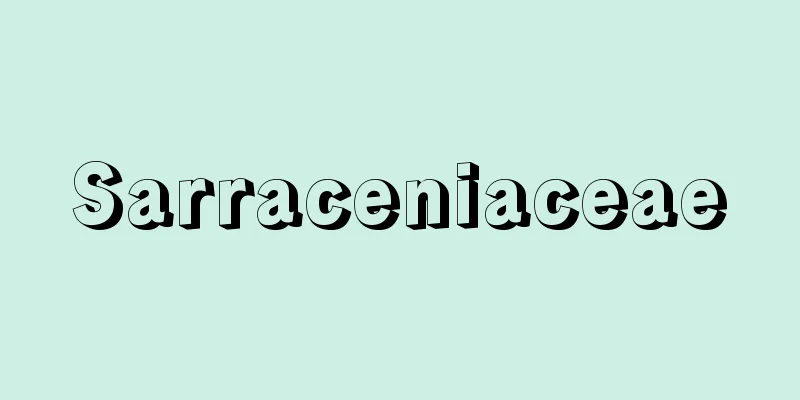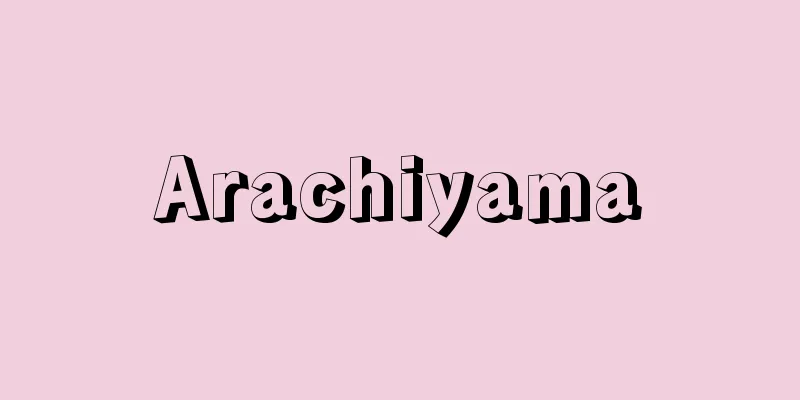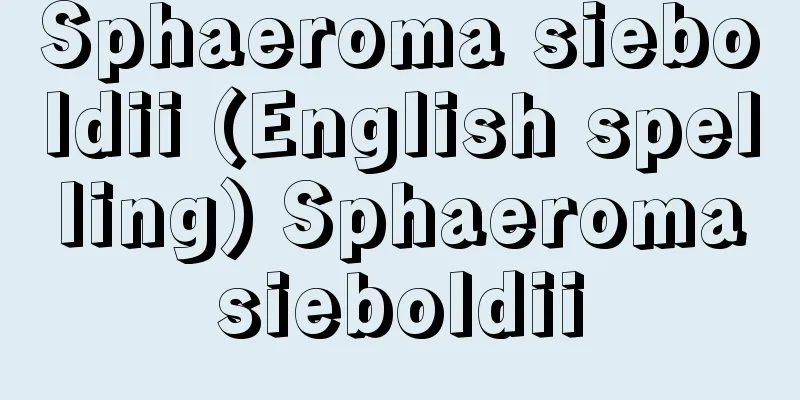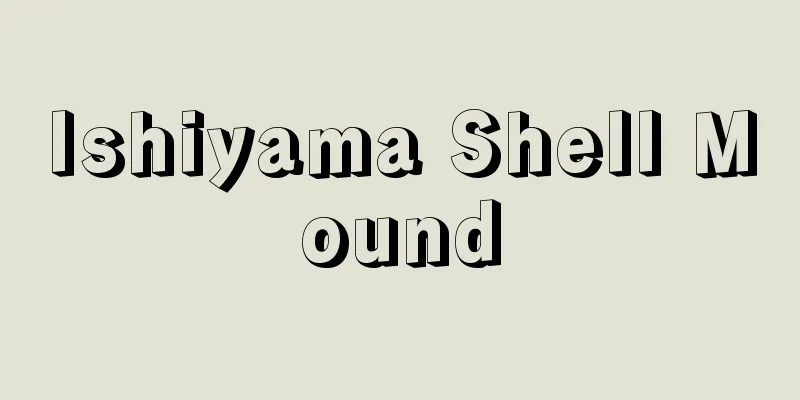Bone and horn tools

|
These are products made from the bones, horns, and teeth of vertebrates (including humans). Compared to stone or clay products, they can be freely processed into any size and shape, and so a wide variety of products are made. They include tools for piercing and digging, carved statues and decorations, and materials for divination. The teeth of carnivorous animals can be used as pendants simply by drilling holes in them. Archaeological evidence shows that it was not until the late Paleolithic period in Europe that products with well-defined shapes were found, with simple tool points in the Aurignacian culture, followed by the Solutre and Magdalenian cultures, which featured products with sharp barbs or hafted attachments. They were often made from reindeer antlers, and were used as spears by attaching them to the end of wooden handles, or as harpoons, with sockets made at the end of the handles into which the tool could be inserted and removed freely. Bone and antler tools were made in various places from the Mesolithic to the Neolithic periods. Simple stabbing tools, or harpoon heads, made from the metacarpals and metatarsals of deer were also made in various shapes, and a distinction was made between closed- and open-cavity types. Some harpoon heads have arrowheads made of stone or boar tusk fitted to the end. These harpoon heads were made in various parts of the world with distinctive shapes for each region. Fish hooks are often made from bone and horn, but some are made from shells or teeth. Bone and horn were probably effective in attracting fish in the water. They were made extensively from the Mesolithic period onwards. Some are not hook-shaped, but needle-like with sharpened ends. Many hook-shaped ones have the shaft and hook made separately. However, a hook shape made from a single material was probably the basic shape. They come in a wide variety of shapes and sizes, and various ingenuity was used to improve fishing results. In addition, when whalebone could be used as a material for bone and horn tools, the material was large and abundant, which led to the creation of a unique bone and horn tool culture. Examples of this can be seen in areas along the North Pacific coast. [Hiroaki Kaneko] Source: Shogakukan Encyclopedia Nipponica About Encyclopedia Nipponica Information | Legend |
|
脊椎(せきつい)動物(ヒトも含めて)の骨角歯牙(しが)を材料としてつくられた製品。石製、土製のものに比べて、大きさ、形の加工が自由であり、したがって多くの種類のものがつくられている。刺突(しとつ)や掘り起こすための道具、彫刻を施して像や装飾をつけたもの、卜占(ぼくせん)の材料などがあり、食肉獣の歯牙は穿孔(せんこう)しただけで垂飾(すいしょく)の効果があった。 考古学の資料からみて、形の整った製品のみられるのは、ヨーロッパの旧石器時代後期になってからで、オーリニャック文化に単純な尖頭器(せんとうき)があり、それに続くソリュートレ文化、マドレーヌ文化になると、鋭い逆刺をつけたり着柄(ちゃくへい)法をくふうした製品ができる。トナカイの角(つの)でつくられることが多く、使用法は木製の柄(え)の先端に固定して槍(やり)としたり、柄の先にソケットをつくり、そこに差し込んで、離脱が自由にできる銛(もり)の機能をもつものもつくられている。中石器時代から新石器時代にかけて骨角器は各地でつくられる。シカの中手(ちゅうしゅ)・中足骨(ちゅうそっこつ)を材料とした単純な刺突具、銛頭(もりがしら)にも種々の形のものがつくられ、閉窩(へいか)式、開窩式の区別もみられるようになる。銛頭の先にさらに石製、イノシシの牙(きば)製の鏃(やじり)をはめ込むものもある。こうした銛頭は、世界の各地で、地域ごとに特徴ある形をつくっていた。釣り針も骨角でつくられている例が多いが、貝、歯牙製のものもある。骨角は水中で魚を寄せ付ける効果があったろう。中石器時代以降に盛んにつくられる。鉤(かぎ)形でなく、両端をとがらす針状のものもある。鉤形のものは、軸と鉤の部分を別々につくる例も多い。しかし、一つの材料からつくる鉤形が基本形であったろう。形態、大きさは実に多様で、釣りの効果をあげるためにさまざまなくふうを凝らしている。なお、骨角器の材料として鯨骨(げいこつ)が使える場合は、その材料が大きく豊富なところから、独特の骨角器文化をつくりだした。北太平洋沿岸地域にそうした例をみる。 [金子浩昌] 出典 小学館 日本大百科全書(ニッポニカ)日本大百科全書(ニッポニカ)について 情報 | 凡例 |
Recommend
China rose
… [Roses introduced after the Renaissance, the an...
Hyacinthe Rigaud
French painter. Born in Perpignan in the south of...
Mesta (river) (English spelling)
A river that flows southeast through the Balkan Pe...
Flower seal - Kaoin
… [Samurai and commoners' signatures] Next, a...
Forecasting of occurrence - Forecasting of occurrence
This refers to predicting and estimating the occu...
Darbukka (English spelling)
A single-sided drum shaped like a sake cup. Also c...
Tokunaga Sunao - Tokunaga Sunao
Novelist. Born in Kumamoto Prefecture on January ...
Ectopic hormone syndrome
...The hormones produced are diverse, including A...
dakhme
…Each of the six deities has a specific protectio...
tenderloin
… [kinds] There are various types of steaks depen...
Blue pea - Blue pea
…The color of the seed coat can be yellow, green,...
Barros
...is a general term for dark clayey soils found ...
Japanese American Citizens League
... After the war, a large number of Japanese ret...
Grupo de Oficiales Unidos
…He was sent to Italy to study military affairs f...
Kamo Mitsuyoshi
Year of death: 4th year of Chowa 6th 7th (1015.6.2...









